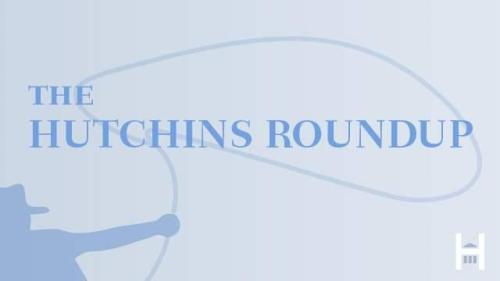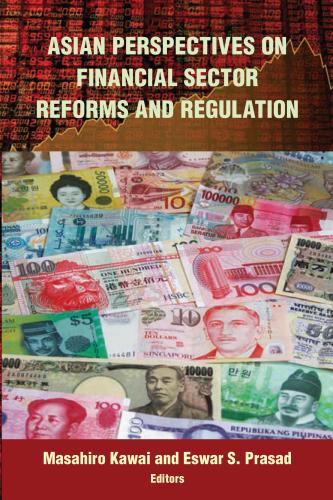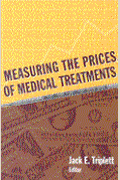Studies in this week’s Hutchins Roundup find that the yield on 10-year Treasury debt would have been 1 percentage point higher if not for unconventional monetary policies; the Great Recession contributed to the persistent decline in employment rates, and more.
Want to receive the Hutchins Roundup as an email? Sign up here to get it in your inbox every Thursday.
Impact of Quantitative Easing will shrink gradually as Fed reduces its balance sheet, Fed economists estimate
The Fed dramatically expanded its balance sheet in several rounds of bond buying, known as quantitative easing, and is now beginning to gradually reduce it. Brian Bonis, Jane Ihrig, and Min Wei of the Federal Reserve Board estimate that, at its peak, quantitative easing reduced the rate on 10-year Treasuries by 1 percentage point. Given the Fed’s announced plans, they estimate that this reduction will ease to 0.85 percentage point by year-end and by 0.70 percentage point in 2018, although the size of the effect depends on the level of commercial bank reserves at the Fed.
The Great Recession largely explains persistent decline in employment rates
The share of adults who are working has declined since the end of the Great Recession in 2009. Exploiting differences among localities across the U.S., Danny Yagan of Berkeley finds that the greater the depth of the recession in a community, the lower the rate of employment among working-age people in 2015; this holds even in communities where the unemployment rate has fallen back to pre-recession levels. Specifically, he estimates that a one percentage point increase in the size of the economic shock—defined as the rise in the local unemployment rate from 2007-2009—lowered the likelihood that a working age individual was employed in 2015 by 0.39 percentage point, likely because the person exited the labor force. The effects of the Great Recession account for 76 percent of the decline in working-age employment rates between 2007 and 2015, he estimates.
Reduced big-bank lending to small businesses post-crisis had negative consequences
Brian Chen, Samuel Hanson, and Jeremy Stein of Harvard show that the four largest U.S. banks cut lending to small businesses after the Great Recession. They argue that this credit contraction had long-lasting negative effects on local economies. Using bank data at the county level between 2006 and 2014, they find that small-business lending declined more in communities where the big banks had large initial market shares—and that it took several years for smaller banks and non-bank lenders to pick up the slack. Small business activity and employment in those communities suffered as a result. While the total flow of credit to small businesses had largely recovered by 2014, the cost of credit for small businesses remained elevated and local wages were depressed. The big banks’ pullback probably reflects their reassessment of small-business lending after the financial crisis, but may also reflect heightened post-crisis regulation, the authors say.
Chart of the week: Start-ups have become increasingly scarce, and fewer businesses shut down

Quote of the week:
“Although we judge that inflation will most likely stabilize around 2 percent over the next few years, the odds that it could turn out to be noticeably different are considerable…there is a 30 percent probability that inflation could be greater than 3 percent or less than 1 percent next year. Most of this uncertainty reflects the influence of unexpected movements in oil prices and the foreign exchange value of the dollar, as well as that of idiosyncratic developments unrelated to broader economic conditions. These factors could easily push overall inflation noticeably above or below 2 percent for a time,” says Fed Chair Janet Yellen.
“But such disturbances are not a great concern from a policy perspective because their effects fade away as long as inflation expectations remain anchored… A more important issue from a policy standpoint is that some key assumptions underlying the baseline outlook could be wrong in ways that imply that inflation will remain low for longer than currently projected. For example, labor market conditions may not be as tight as they appear to be, and thus they may exert less upward pressure on inflation than anticipated. Alternatively, long-run inflation expectations, which have an important influence on actual inflation, may not be consistent with the FOMC’s 2 percent goal. More broadly, the conventional framework for understanding inflation dynamics could be misspecified in some fundamental way.”











Commentary
Hutchins Roundup: the Fed’s balance sheet and 10-year rates, employment hysteresis, and more
September 28, 2017